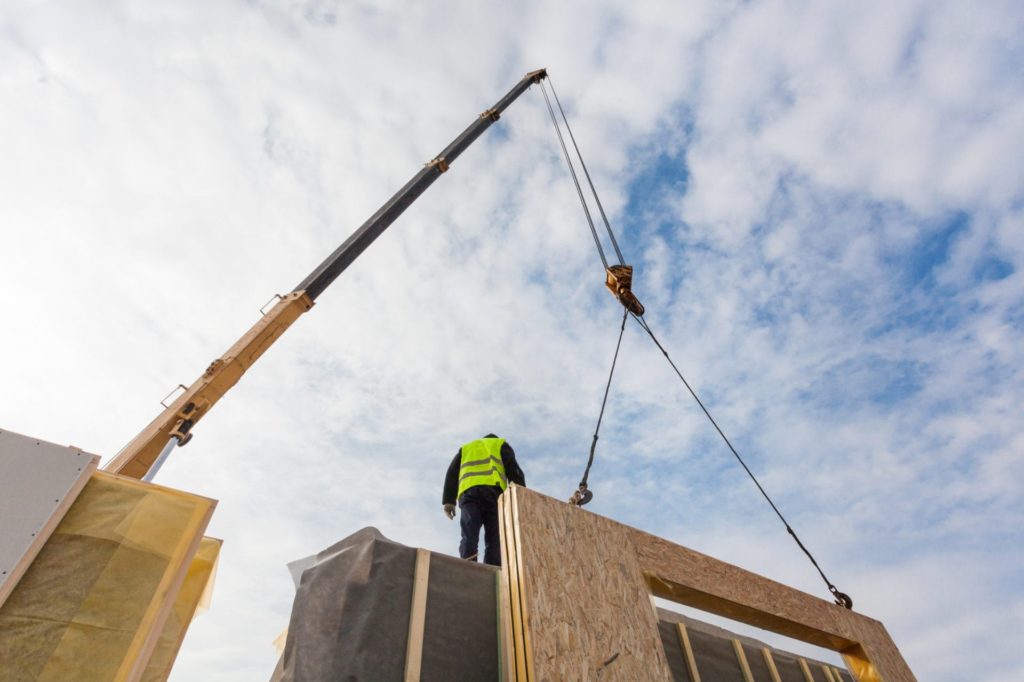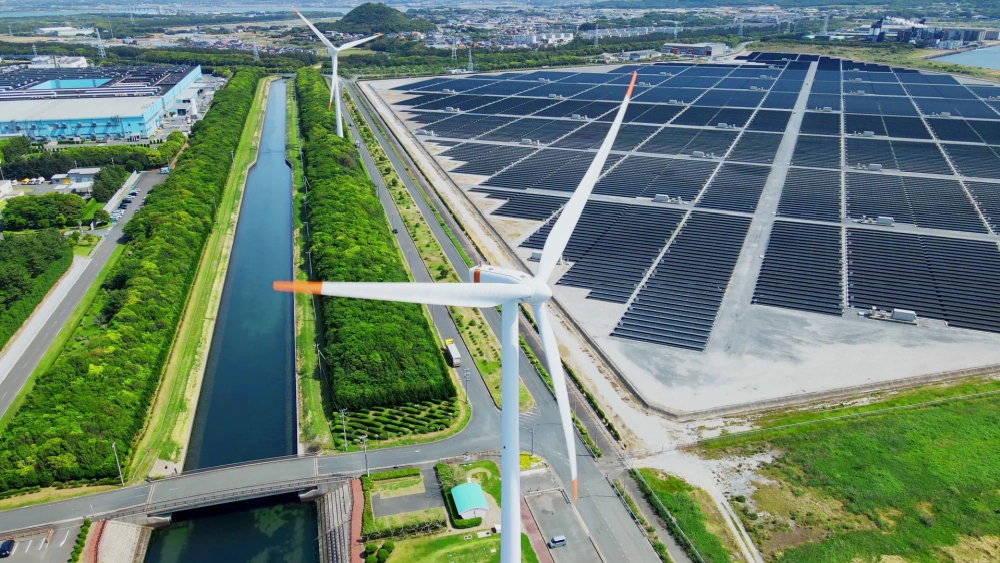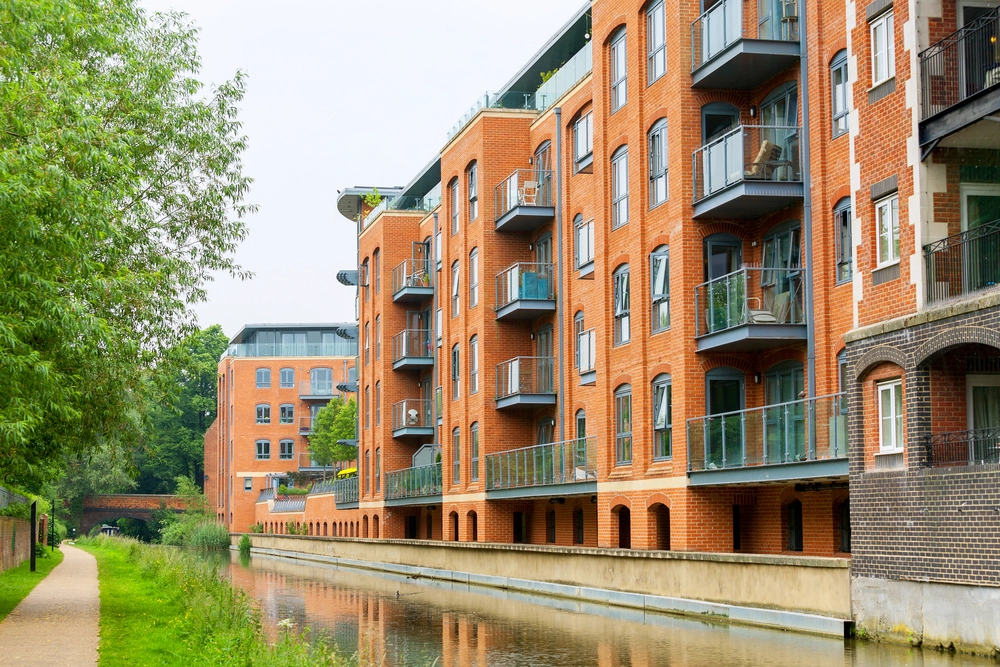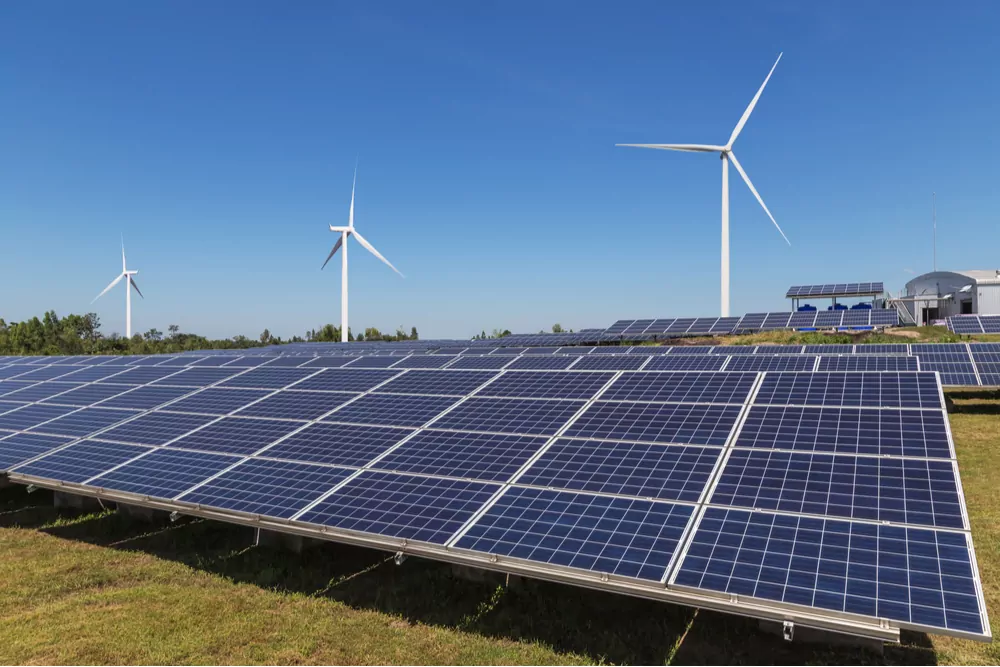
Reducing carbon emissions in the built environment: the need to consider embodied carbon

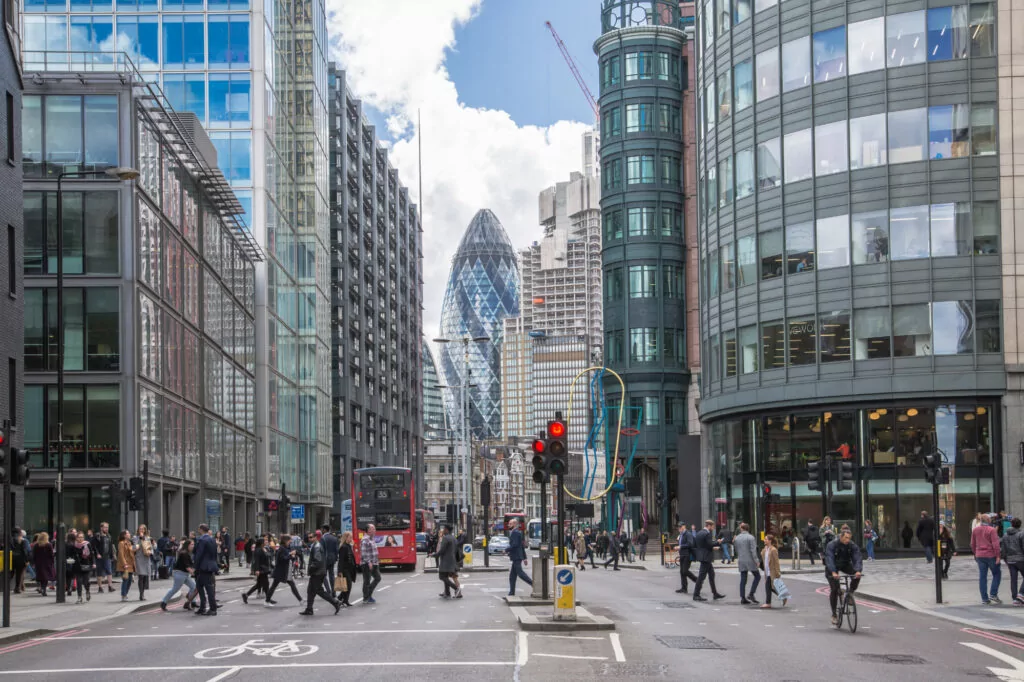
Our team consider background legislation and offer some useful insight into how contracts can be used to help address this issue.
Following the conclusion of COP26, attention turns to the action that will be required to deliver upon climate targets. A dramatic shift will be needed if there is any chance of achieving the goals specified in the Paris Agreement. A report published by Climate Action Tracker on 9 November 2021, which took account of the pledges made at COP26, warned that the world is currently on track for 2.4C of warming. This far exceeds the 'upper limit' of 2C under the Paris Agreement (which scientists consider the world needs to stay well below to avoid the most severe and destructive impacts of climate change) and is nowhere near the much safer 1.5C limit.
The gap between commitment and action highlights the urgent need for green solutions. One significant area of focus for the UK is how to cut emissions from buildings.
Prior to COP26, the UK government set out its plans for reaching net zero by 2050 as required by the Climate Change Act. This included the publication of the Heat and Buildings Strategy on 19 October which detailed plans to cut emissions from UK buildings, including a transition away from gas boilers and the implementation of low-carbon heat networks. Our key takeaways from this publication can be found here.
The Strategy has been criticised for failing to address a key challenge facing the construction industry: embodied carbon. This term refers to the amount of carbon dioxide emitted during the construction (and eventual deconstruction) of a building, including the extraction of raw materials, manufacturing of materials, transport, processes used to construct the building, and deconstruction and disposal of materials at the end of the building’s life. Interestingly, embodied carbon does not appear to be addressed in other authoritative documents within the construction industry either, such as the Construction Playbook.
The World Green Building Council estimates that, at present, 39% of global energy-related carbon emissions are attributable to buildings: 28% from operational carbon (i.e., emissions from the energy needed to heat, cool and power buildings) and the remaining 11% from embodied carbon. However, the relative contribution of embodied carbon to overall building-related emissions is set to rise sharply. This is due to the operational energy needs of buildings increasingly being met by low carbon options, combined with an expectation that global building stock will double towards the middle of the century as the world's population approaches 10 billion. It is therefore crucial that solutions are found to reduce embodied carbon in the built environment.
The UK's Parliamentary Office of Science and Technology (POST) recently published a briefing note highlighting the need to reduce the whole-life carbon emissions of buildings in England. It called for the use of low-carbon building materials in new construction projects whilst encouraging the repurposing of existing buildings where possible. The publication noted that there is currently no embodied carbon regulation in the UK.
So how are other countries dealing with embodied carbon? There are currently at least 65 carbon pricing schemes globally, existing at various levels of administrative divisions (i.e., the regional, national and subnational levels). These schemes cover around 21.5% of worldwide emissions. One of the two most common forms of carbon pricing is a carbon tax, which is payable on the emissions or embodied carbon associated with an activity or product.
Yet upon initial review, it is not entirely clear how such taxes deal with embodied carbon specifically, as opposed to the general umbrella problem of 'emissions'. There are also other issues with a carbon tax. For instance, the tax does not place a cap on the permissible emissions. To add to this, tax policies – which do not exist in a vacuum – must ultimately be balanced with other factors such as regulation, funding and incentives. Moreover, there have been criticisms that the UK does not have a sufficiently uniform carbon price across industries, which would therefore lead to tax inequalities.
Still, there are positive developments further afield (including in common law jurisdictions) which may serve as guidance for the UK's next steps. In New Zealand, for example, the Minister for Climate Change must publish an Emissions Reduction Plan that includes specific policies and strategies for reducing emissions and mitigating climate change. The building and construction strategy within the draft Plan is said to likely have at its core two emissions mitigation frameworks from the Ministry of Business, Innovation and Employment. Under one of these frameworks, upon application for a building consent, the whole life-cycle carbon embodied in a building will need to be calculated and subsequently reported, including in a public registry. This embodied carbon data will also importantly be used to introduce caps that will need to be met by buildings if they are to receive building consent.
The World Green Building Council has a vision that 'by 2030 all new buildings infrastructure and renovations will have at least 40% less embodied carbon with significant upfront carbon reduction, and all new buildings [will have] net zero operational carbon'. By 2050, it wants 'all new and existing buildings [to] be totally decarbonised'. These changes are seen as an important step in tackling the climate emergency. If the UK is to retain its position as a leader in combating climate change, urgent action must be taken to address the undervalued issue of embodied carbon.
With the above in mind, what practicable steps can UK businesses begin taking more immediately to reduce embodied carbon? One useful starting point is to consider including The Chancery Lane Project (TCLP) climate clauses in contracts. TCLP has created a collection of contractual clauses containing obligations and mechanisms aligned with net zero and other sustainability objectives across multiple areas of law. For instance, Tristan's clause provides for a formal ‘carbon budget’ alongside the traditional financial budget for the construction of works to incentivise reduction of GHG emissions through use of more sustainable materials. Luke's Clause, meanwhile, introduces an incentives-based model into supply agreements to encourage sustainability objectives agreed between supplier and purchaser to be adhered to. We are already working with clients to first identify relevant clauses and to then refine those provisions to fit the commercial context and sustainability goals of their business.
There are also some useful amendments that can be made to JCT and NEC4 forms of contracts, such as the use of incentive-based mechanisms, KPIs and early contractor involvement.
If you would like to discuss what steps your business may want to take to address carbon emissions, please get in touch with our team of environmental law experts.



